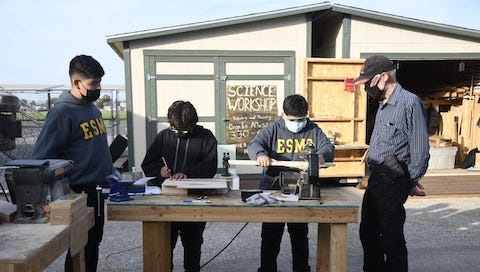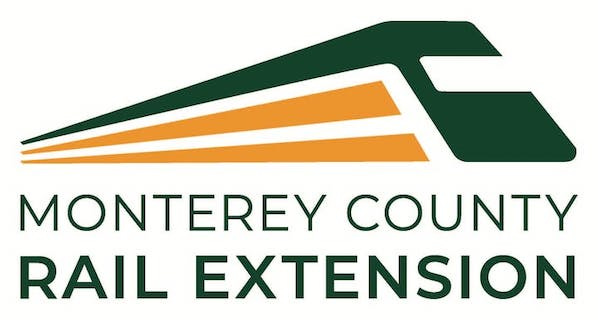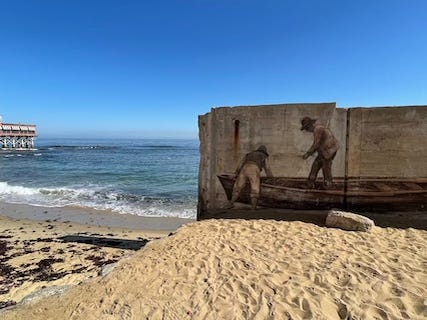This Week on the Central Coast
A commuter train project gains momentum and an after-school program teaches kids engineering and science.
The commuter train project between Salinas and Gilroy is on track for 2025 completion.
Last month, the Transportation Agency for Monterey County (TAMC) board approved the transferring of several TAMC-owned properties to Salinas. This is the first phase in the long-sought effort to provide an easy, convenient, and eco-friendly way to travel between Salinas and Gilroy. With the properties under Salinas’ ownership, the station was able to transform the buildings that formerly blocked the view of the train station into a large parking lot. But with that parking lot came some major improvements. The station now has an entrance for busses and cars to enter with a traffic light. The lot also now includes a five-bay bus transfer facility. The project manager for the rail extension explained that this phase was easiest to do first since it didn’t include any rails.
During the next phase, TAMC will need to collaborate with Union Pacific, “with Union Pacific, which owns all the track between Salinas and Gilroy, as well as Caltrans, Caltrain and the Santa Clara Valley Transportation Authority.” Finally, TAMC will, again, have to work with Union Pacific to acquire more property to complete the project. If all goes well, TAMC’s Executive Director is hopeful that the project will be done in three to four years.
The Monterey County Rail Extension project began more than 20 years ago and included plans for stations in Pajaro and Castroville. However, when federal funding seemed unlikely, TAMC decided to abandon plans for stations in Castroville and Pajaro which then allowed them to successfully get state funding for the downsized project.
According to TAMC’s website, the Monterey County Rail Extension project is the first project in a series to make transportation between Monterey, Santa Cruz, and Santa Clara counties easier. After the Rail Extension project is complete, TAMC will continue its efforts to include a Pajaro station. Finally, TAMC will seek to include a Castroville station. The site lists several beneficial aspects of the project, including less greenhouse gas emissions and traffic and more access to jobs and shopping.
Salinas Community Science Workshop teaches kids science and engineering
Salinas is the newest member of the Global Alliance of Community Science Workshops. A CSW is a community space that provides the materials and tools needed for kids to get hands-on learning. The Salinas CSW will focus on construction and engineering through the use of science. Curt Gabrielson, a science teacher at El Sausal Middle School, is the founder of the program. It was first established in May and had its first workshop on October 16. Kids have responded with nothing but excitement and praise for the program. “Projects range from bicycle repair and modifications to woodwork, magnetic toys, and electric gadgets.”
Gabrielson eventually wants to expand the program so that adults who may not have the means to learn via school or paid classes can have the opportunity to gain the skills needed to find jobs. Currently, the program has enough grant money to run for two years. However, Gabrielson hopes more contributions come through to keep the program running much longer. “The program is open on Tuesdays and Thursdays from 3:30 to 6 p.m. and on Fridays for their STEM girls group. All students are welcomed to sign up at no cost.” If you would like to make a donation, you can email Gabrielson at curt.gabrielson@gmail.com.
Also in the news…
Mitteldorf Preserve is now open for hiking. A new bridge has been constructed which provides access to over 1,000 acres. It also allows safe access to the rest of the preserve in case of emergencies.
More food truck permits will be allowed in Seaside. Permits are now capped at ten, seven more than before. If all goes well, the city is open to increasing the amount again, though they have a long way to go to catch up to Salinas, which currently allows fifty.
The Coastal and Marine Ecosystems program at CSUMB has been renewed thanks to funding from the National Oceanic Atmospheric Administration. The program will nearly double its budget to “help train a new generation of marine scientists, as well as build on relationships and cutting-edge research”.






